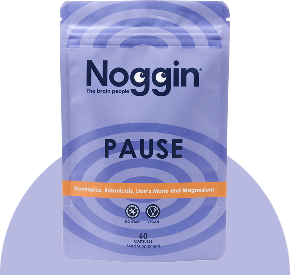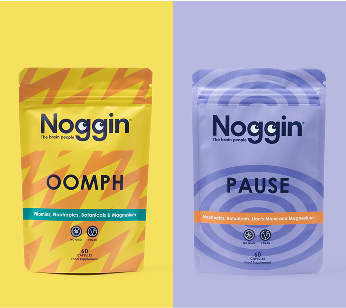With stories in the news last week about the super powers of the sunshine vitamin we wanted to explain a bit more about the role of vitamin D and its importance for children
Vitamin D deficiency is now recognised as pandemic. As very few foods naturally contain vitamin D, it is recognised that the major cause of deficiency is the lack of appreciation that sun exposure in moderation is the major source of vitamin D for most of us.
However, long dark winters, increasingly indoor lifestyles, the use of high-SPF sunscreens and widespread media warnings about skin cancer have meant that people living in the Northern Hemisphere have become even more deficient in the ‘sunshine vitamin’.
Rickets, a disease caused by lack of sunlight (resulting in a lack of vitamin D production) which leads to a softening and weakening of bones in children, was prevalent in the early 1900’s as people moved out of the country and into the cities. Governments decided to fortify foods with vitamin D, including milk, breads and cereals to combat the disease. This gave rise to the nutrient reference value (NRV), which is the daily amount of a vitamin or mineral that the average healthy person needs to prevent deficiency.
The UK currently advises that children aged one to four years should have a daily 10mcg (400iu) supplement all year round. Those under one should be given 8.5 to 10mcg daily. Despite the fact that this level is enough to prevent rickets in children, it’s not enough to support overall good health throughout our lifetime. However, a recent study found that most of the multivitamin and vitamin D supplements available for children in the UK do not provide the recommended 400iu/day.
Vitamin D affects over 3000 cell processes in the body helping the body to build bone, fight infection and repair cells. Vitamin D deficiency is correlated with increased risks of developing common cancers, autoimmune diseases, hypertension and certain infectious diseases.
Without vitamin D, our bodies cannot effectively absorb calcium, which is essential for bone health and bone growth. It is equally important for the health of children’s teeth, optimising the absorption of calcium and phosphate to produce
tooth enamel. Children with sufficient vitamin D intake are less likely to suffer cavities compared to those who are deficient.
Vitamin D is understood to play a key role in maintaining healthy levels of serotonin in the brain, a neurotransmitter essential to mood. Deficiencies of serotonin have been linked with depression. This could explain why some people experience low mood during winter months, a condition known as Seasonal Affective Disorder or SAD.
Around 1 in 5 people in the UK are deficient in vitamin D. Your GP is able to offer a blood test if you’d like to know optimise your levels of the ‘sunshine vitamin’. Alternatively, you can buy a test from a reputable company online.
1 Holick, M. & Chen, T. (2008) ‘Vitamin D deficiency: a worldwide problem with health consequences’ American Journal of Nutrition 87(4):1080S-1086S.
2 Great Britain. Public Health England (2016). Government Dietary Recommendations. Available at: https://assets.publishing.service.gov.uk/government/uploads/system/uploads/attachment_data/file/618167/government_dietary_recommendations.pdf
3 Moon, R. Curtis, E. Cooper, C. et al. (2019) ‘Vitamin D supplementation: are multivitamins sufficient? Archives of Disease in Childhood Published Online First: 25 February 2019.
4 Hossain, S. Beydoun, M. Beydoun, H. et al. (2019) ‘Vitamin D and breast cancer: A systematic review and meta-analysis of observational studies Clinical Nutrition 30:170-184.
5 Seminario, A. Jumani, K. Velan, E. et al. (2018) ‘Suboptimal serum vitamin D associated with early childhood caries in special health care needs children’ Journal of Dentistry for Children 85(3):93-101.
6 Stewart, A. Roecklein, K. Tanner, S. et al. (2014) ‘Possible contribution of skin pigmentation and vitamin D in a polyfactorial model of seasonal affective disorder’ Medical Hypotheses 83(5):517-525.
7 Great Britain. Scientific Advisory Committee on Nutrition (2016). Vitamin D and Health. Available at: https://assets.publishing.service.gov.uk/government/uploads/system/uploads/attachment_data/file/537616/SACN_Vitamin_D_and_Health_report.pdf








